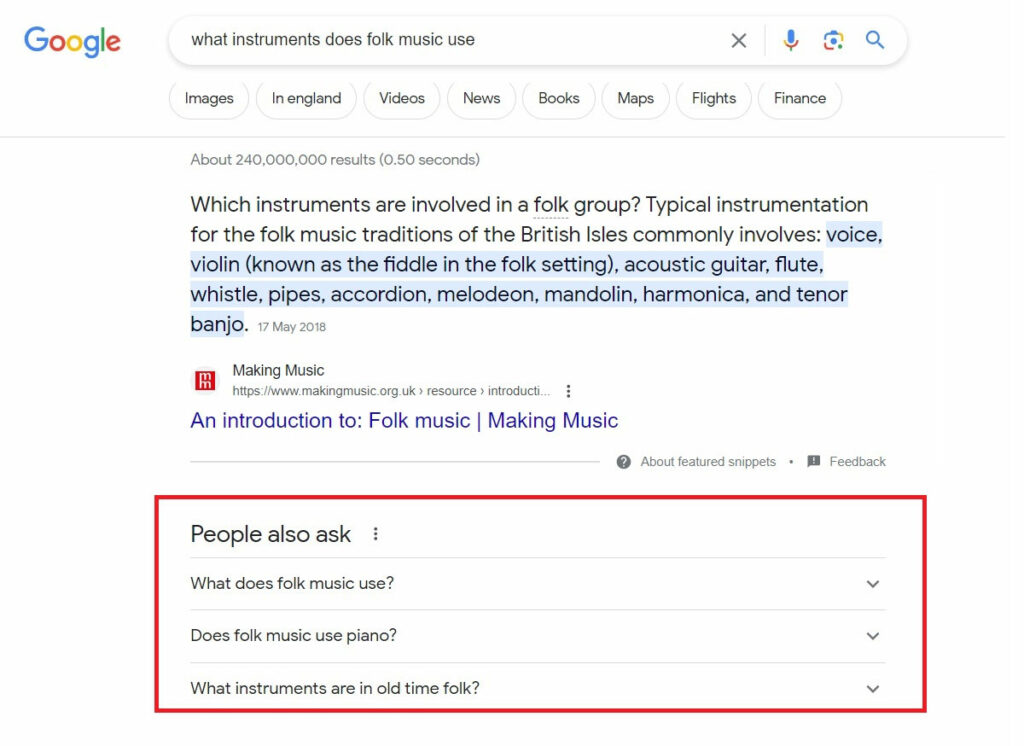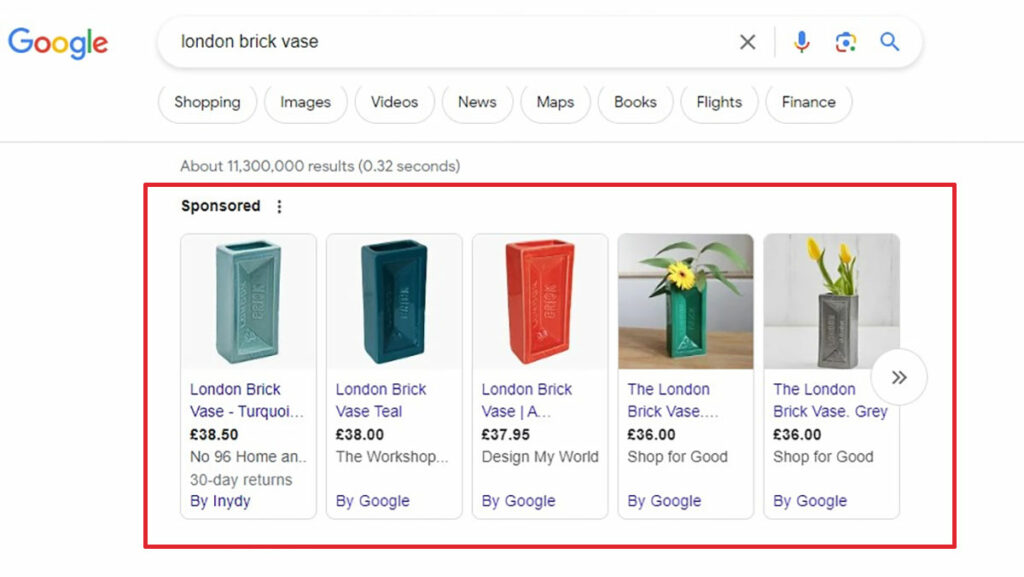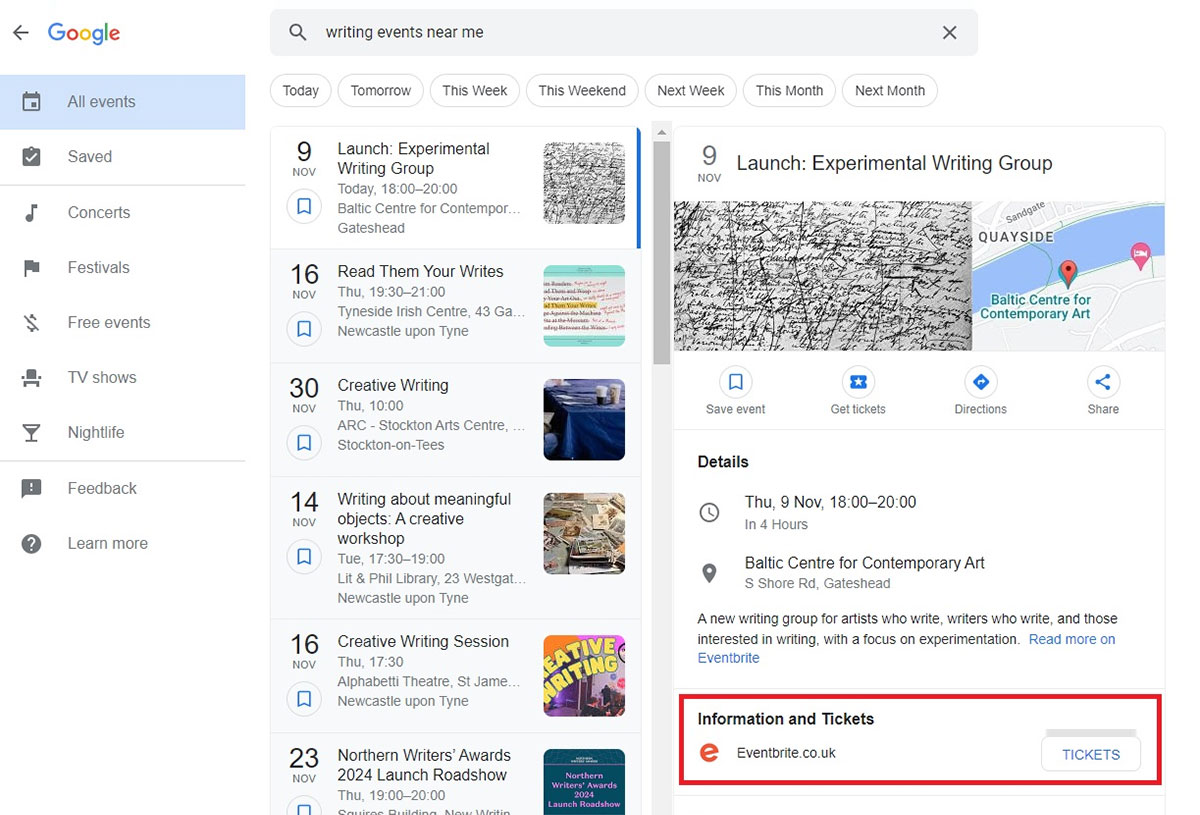
Beginner Read Search Engine Optimisation
This article provides an overview of what Search Engine Optimisation (SEO) is, how it works, and how it can benefit your organisation.
In this article
This article provides an overview of what Search Engine Optimisation (SEO) is, how it works, and how it can benefit your organisation. It discusses the circumstances under which SEO can be a good strategy and when it might not be the best fit. The article also explains the differences between on-page, off-page, and technical SEO, and differentiates between SEO and Search Engine Marketing (SEM). It highlights the importance of creating high-quality, relevant, and evergreen content for successful SEO. Finally, the article touches upon the concept of Rich Snippets and how they can enhance your visibility on search engine result pages.
Please use the sidebar menu on the left to navigate through content.
SEO stands for Search Engine Optimisation. In simple terms, it’s the process of improving your website by increasing the chance that it will show up in relevant searches on search engines like Google.
If you’re using your website to answer questions or talk about important topics that hold value for your audiences, this will improve the exposure of your content and help your website appear in relevant searches.
Search Engine Optimisation, as the name suggests, puts your website in front of people searching for results in Google (or any other search engine). This means that they need to actively search for something to find your website content. Here are some scenarios in which SEO can be a good driver of visits and conversions on your website.
If I type into Google “what is dramaturgy” and you happen to have a website about it and a page with a clear and comprehensive explanation of the term, this is a perfect example where SEO can work its magic. Similarly, if I’m looking for “Newcastle FC gifts” and you have a Geordie-related gift shop, again, it’s a match made in heaven for SEO.
I would call this a “pull” strategy. You are pulling in users who are already looking for something specific that you can offer.
There are 35.64 million searches performed on Google every day. That is a lot of key phrases (keywords) typed every day. You will often find that most of those keywords have rather low search volumes. If a keyword is searched 100 times per day worldwide, it won’t amount to much traffic to your website even if you rank top of Google results. The reality is that websites with high traffic tend to rely on a large number of keywords that they rank for.
Consequently, the larger the website, the better its chances to perform well SEO-wise. If you have a website with lots of on-topic, well-structured content, a good SEO strategy is likely to produce very good results in terms of traffic and conversions.
SEO is a marathon, not a sprint. SEO principles should be embedded in everything you do with your website. It is in how you structure your website, how you write your URLs, your content, how you optimize your images and other resources, and the effort you put into maintaining your website so that is in good technical standing and accessible to users.
Search Engine Optimisation should be a consideration when planning and creating any website content, with special efforts being put into creating so called “evergreen” content. We use this term to describe pages and articles that do not go out of date and are as useful to users not only today but for years to come. Such content – when it’s high-quality and well-optimised – will gradually accrue value and climb in the rankings for large number of keywords, resulting in large amounts of targeted traffic. This is because, in time, people are likely to read it and link to it from other websites, increasing its popularity on the web.
Conversely, there are situations where SEO is not likely to bring the results you expect. There are several scenarios where chasing Google listings is not the best way to get tangible results.
SEO is dependent on search, which means that people need to know that something exists, otherwise they won’t know to search for it. Also, if the number of people interested in the content of your webpage is small, you will not get a lot of visitors to your page, given that no website on Google results page – not even the one at the very top – gets 100% of available clicks.
Traditional Google search results (excluding Google Merchant Centre and some Rich Results) consist of clickable links with a short accompanying description. In other words, they are not visually striking. SEO is not the best strategy if what you are offering heavily relies on its visual attractiveness.
This is often the case with objects with high aesthetic appeal. If you are selling stunning artwork, you need to put it in front of people’s eyes for them to see the appeal. I might see an image of a beautiful wood carving statue and immediately want to buy it. I will not go to Google and type in “amazing wood carving statue buy”.
If you want to rank page 1 in Google for a particular search term (keyword), you will need to displace another website from its position. There is only a limited number of spots on Google results page worth fighting for (nearly 70% of clicks go to listings in positions 1 to 5) and they are all taken.
If you have an online shop and you want to use SEO as a strategy, look at the first 5 to 7 results. If all the spaces are taken by the likes of: Amazon, Etsy, Ebay, John Lewis, etc. then you are not likely to win against any of them. You might want to pick another strategy to promote your business – like social media, for example.
Similarly, you might have a website with a lot of SEO potential but if you are bent on ranking for keywords like “10 Best Tourist Attractions in London”, then you aren’t likely to succeed. Your SEO strategy should concentrate on targeting more achievable search terms.
If your website is small, you realistically don’t have much chance of getting a lot of traffic from search engines.
Interest built by SEO is like a multitude of tiny streams, each coming through an individual webpage, that together can amount to a river of website visits. The more of these streams, the higher the resulting traffic. Consequently, websites with many (well-optimised) pages will perform much better in search than a website with a handful of pages. With six or eight pages, you will only rank for a handful of keywords (if that). You can embark on an SEO content campaign, creating lots of landing pages and articles targeting keywords that matter to your business, but many small website owners don’t have the time or the resources to do that.
If your website is small, what you should concentrate on is:
Many of organisations think that they can use SEO to gain traffic to pages directed at institutional donors or offering services to corporate clients. They are not likely to be successful. This is because these results will only be achieved through outreach. Charities employ specialists in fundraising to build relationships with institutional donors. It is not likely that that a large corporation will use Google to decide to sponsor an organisation or a project.
Even when it comes to increasing individual donations, SEO is not the best strategy. People don’t tend to donate to charities during their first visit to the website. The best strategy, in which SEO can play a role, is to get these people to sign up to your newsletter and nurture these relationships via email marketing. Once they have engaged with you on several occasions, they may be more inclined to support your organisation financially.
If what you need is quick spike in traffic and interest – as when you are promoting an event or a time-sensitive sale, SEO is not the right strategy as it takes time to develop and produce results. Instead, your efforts should be placed with paid media, such as Pay Per Click (PPC), as this is a far more effective way to generate results quickly.
If you go back ten-fifteen years, you will remember that Google pages looked very different. You could say that they looked drabber – with only a list of blue website links and little snippets of meta descriptions below them.

By contrast, when you type in a search in Google you are likely to be met with an array of different results. They are called Rich Results and are often referred to as the “position zero” as most of them place above the regular website results.
Here are some examples:
Featured Snippets are paragraphs of text providing an answer to a question directly under the search box, without the need to click to the website. (There is a link below if you would like to visit the site).

If you ask a question, Google tries to find a reliable website where an answer to your question is provided. It often pays to structure your sub-headings on the page in the form of a question, providing the answer immediately at the top of the paragraph to maximise your chances of appearing in a featured snippet, or “People Also Ask” section.

The Knowledge Graph is a panel on the right side of the results page providing information in response to the query.

Here is the Knowledge Graph generated in response to the query “what is dramaturgy”. The data for this result is generated automatically from a variety of sources, covering places, people, businesses, and more
Google Business Profile result is also displayed as a Knowledge Graph. You can learn more about Google Business Profile and how to set it up in this article.
Often when you search for a particular type of product, for example: “london brick vase” you will find products with photographs displayed just below the search box.

These results are pulled from Google Merchant Centre – a Google product aimed at online shops. Adding products to Google Merchant Centre is free, but if you’re in a competitive niche you may have to advertise to show for your chosen keywords (as shown in the example above).
Ranking for events as rich results is very important to many cultural organisations. And with good reason, if I’m interested in seeing a theatre play near me, I’m not likely to Google all the theatres in the area and check each of their websites individually.
What I will do is type in “theatre plays near me” and see what Google suggests.
It is difficult to pinpoint exactly how Google pulls these results. It is likely a combination of the following:
Structured mark-up is a bit of code put on the website to give Google additional information about what this piece of information is. Is it an event? A recipe? A job post?
If you are technically adventurous, you can learn how to put it in yourself. Otherwise, speak to your developers about adding it to your site.
You can add events to your Google Business Profile. This may also inform Google to include them in rich results.
Google uses listings on some external events and ticketing sites to pull information into rich results. These include Eventbrite and TicketMaster.

There are many other types of rich results – too many to discuss in this blog post. They include:
Here is an article from Google explaining the different types of rich results.
Now that you have some understanding of what SEO is and how it can help your organisation, it is time to explain some concepts behind how search engines view websites and how Search Engine Optimisation is done.
Search Engines have 3 primary functions: Crawling, Indexing, and Ranking.
Crawling is Google’s process of finding new information. Google uses automated process that are referred to as “spiders” to crawl and collect information from your website. Google’s “spiders” can only see code, so we use different tags to make our content clearer to Google.
After Google has crawled your site and has a good understanding of its content, it stores a web page in its index. Think of it as Google putting information in its own huge encyclopaedia.
After a search engine crawls and indexes your content, ranking factors are used to determine which pages should be displayed first. All search engines look for relevance and authority. This involves looking at factors such as how easy it is to navigate the website, the types of links pointing to it, its social engagement, how much time people spend on it, and what keywords it’s relevant for.
In general, there are three types of SEO: on-page, off-page, and technical.
On-page SEO is all about the things you can do to the content on your website to make sure search engines can understand its value and relevance.
Examples of on-page SEO are things like including searched-for terms in the content and headings of a page, making sure the images have alt tag descriptions to describe them, and including relevant links to other content on your site within the text.
However, the most important part of any on-page SEO strategy is answering these two questions:
In response to which search terms should your pages come up in Google? (Aim: finding the right keywords to target)
If someone searches for keyword, what page on your website should they come to? (Aim: deciding which pages you want to optimise)
Some of these pages may already exist on your website and they just need to be improved and optimised. For some keywords, you may realise that you don’t have a relevant page. You then need to create these ‘landing’ pages (depending on the keyword it may be a standard page or an article / blog page) and optimise it to rank.
Off-page SEO is all about gaining authoritative links to your content from other websites and social media. As Google is a link engine, this is something it looks at to make a judgment about the quality of your content.
In the past, some agencies would offer to artificially create backlinks to your website to increase its rankings. You should never engage in such practices as it’s against Google guidelines and may get your website penalised.
Examples of good off-page SEO are things like articles on other websites that share a similar target audience to your own and link back to your content. If you work with other artists or have relationships with venues, you can always ask them if they could link to your website from their own.
Links to your website that you post on social media don’t usually add to the backlink strength SEO-wise as they carry a no-follow attribute. However, it is still good practice to post links to your site on your social profiles as they will generate traffic and interest.
Technical SEO is all about the things you can do to improve the code and structure of your website.
Examples of technical SEO include making the pages of your website load faster by reducing image sizes, making sure the site is well coded and structured or making sure the site pages include special code that search engines can read and understand.
And finally, SEM (not SEO)
Paid Media is all the traffic to your website that you directly pay for, like pay-per-click (PPC). As a paid tactic, it does not form a part of SEO and is referred to as Search Engine Marketing (SEM). Google claims that any SEM activity does not impact your SEO rankings. (In other words, you cannot pay your way into the top spot of organic results).
Here at the Digital Culture Network, we can help you and your team to understand what the best practices are, build a strategy, assess how effective your website is, and answer any questions that you have along the way.
The current Digital Culture Network Tech Champions for Search Engine Optimisation and Search Engine Marketing are Monica Thomas and Muhammad Momin.
This article has explained some of the basics of SEO. If you’re keen to learn more, check out the links below.
The Digital Culture Network is here to support you and your organisation. Our Tech Champions can provide free 1-2-1 support to all creative and cultural organisations and individuals who are in receipt of, or eligible for, Arts Council England funding. If you need help or would like to chat with us about any of the advice we have covered above, please get in touch. Sign up to our newsletter below and follow us on X @ace_dcn for the latest updates.
Beginner Read Search Engine Optimisation
This article provides an overview of what Search Engine Optimisation (SEO) is, how it works, and how it can benefit your organisation.
Beginner Read Search Engine Optimisation
Search Engine Optimisation can be a valuable tool for boosting your organisation’s online presence. Read on to find out why.
Beginner Read Search Engine Marketing/ Search Engine Optimisation
One of the most common topics the Digital Culture Network is asked about is how to manage and make the most of the Google Ad Grants programme, so we've put together our top 7 tips to set you up for success. They cover the most important considerations for getting as much out of your campaigns as possible.
This article is a best practice guide for creative and cultural organisations who want to manage and optimise their Google Business Profile.
Beginner Read Search Engine Optimisation
This resource concentrates on tips and ideas to help organisations improve the visibility of their websites on Google Search Results Page (SERP). The resource is particularly suited to organisations and individuals within the creative and cultural sector.
Beginner Read Webinars Search Engine Optimisation
Discover practical approaches to SEO for the cultural sector, including increasing visibility and leveraging Google’s rich results.




